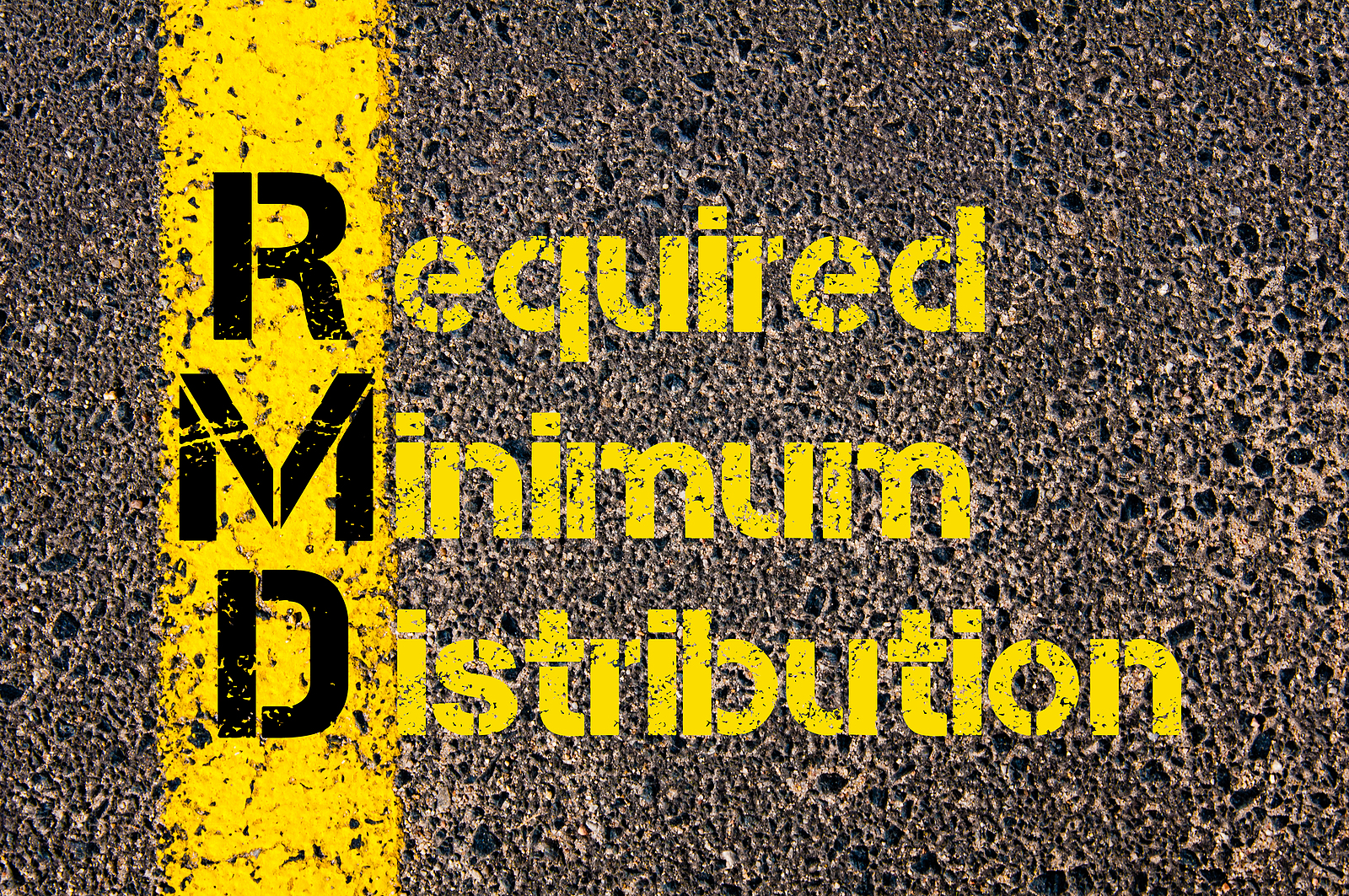Living longer brings a lot to look forward to. More time with loved ones, new experiences, and the chance to enjoy the fruits of your life's hard work are just the tip of the iceberg. With increased longevity, though, comes a new set of challenges, especially when it comes to managing money and protecting yourself from financial threats. If you're in your 60s, 70s, or beyond, or you're helping someone who is, it's never too early to plan ahead. A few smart steps now can help protect seniors’ financial health well into the future.

Required Minimum Distributions (RMDs) can be a surprise for many retirees, increasing their taxable income once withdrawals begin. Since these distributions are taxed at your ordinary income rate, they can push you into a higher tax bracket, reducing the amount of retirement savings you keep. Fortunately, there are ways to lower the tax impact while staying compliant with IRS regulations. Let’s walk through how RMDs work, why they matter, and the strategies you can use to keep more of your savings.

The golden years often conjure images of carefree days filled with leisure activities and well-deserved relaxation. But for many retirees, a financial reality called the Required Minimum Distribution (RMD) comes into play, impacting their income and tax obligations. So, what exactly is an RMD, and how does it work? Find out how you can navigate the intricacies of RMDs, clarifying who needs to take them, how they're calculated, and the potential consequences of ignoring them.




